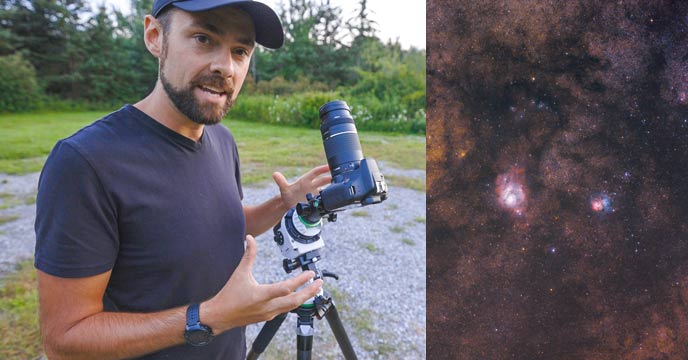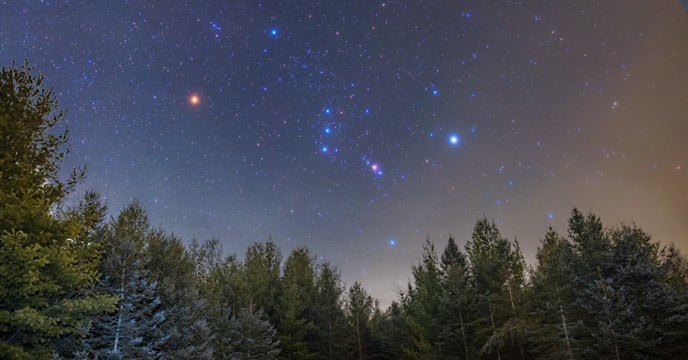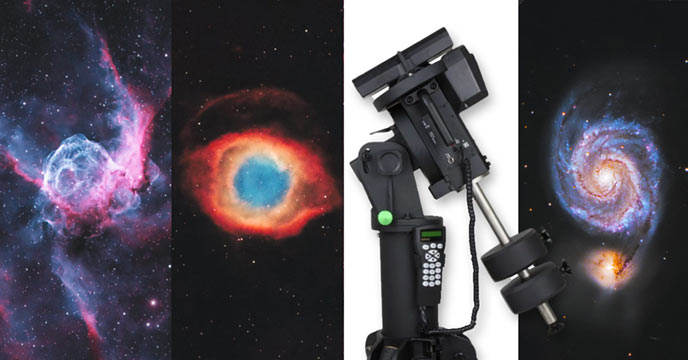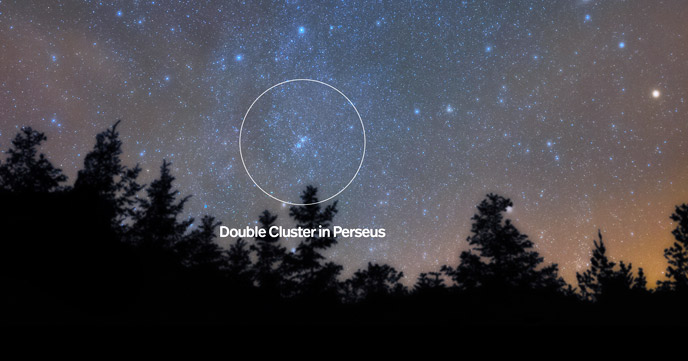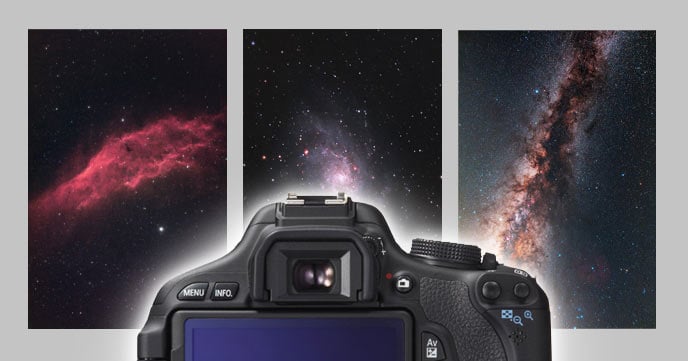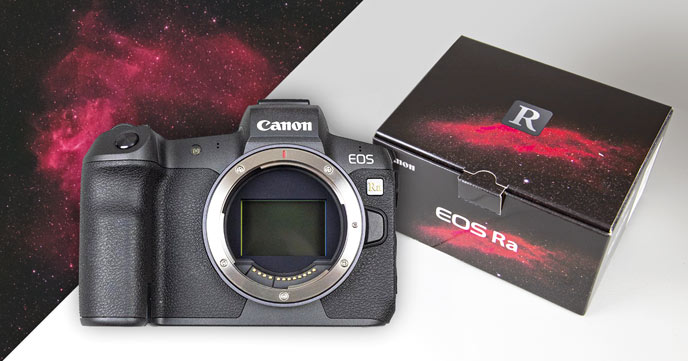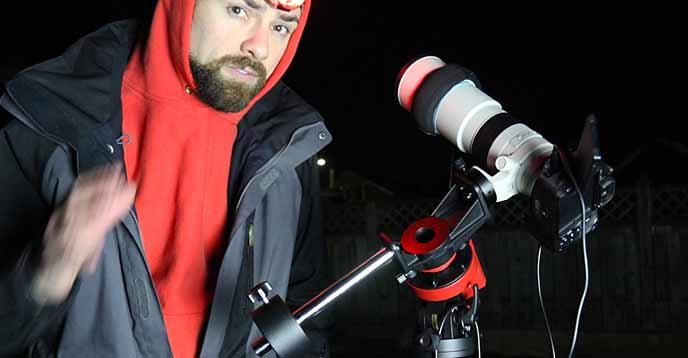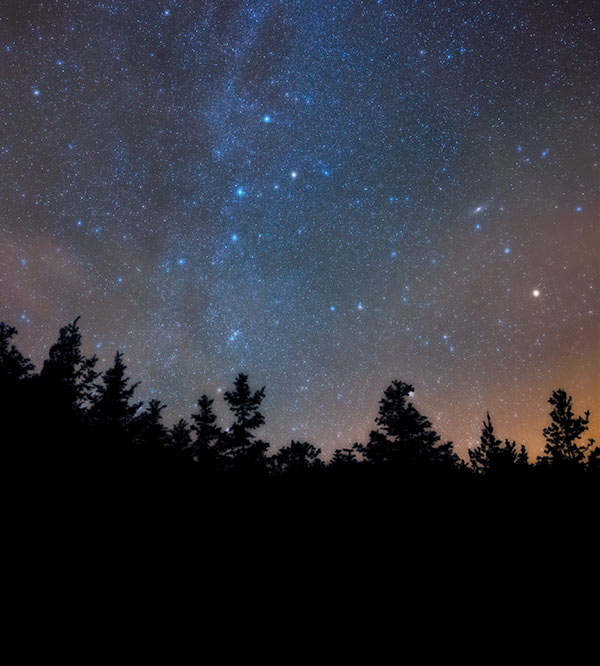How I Photographed a Nebula with a $200 Camera Lens
Taking impressive deep-sky astrophotography images is not reserved for those using an astronomical telescope. A budget camera lens can be used to take images of some of the best deep-sky objects in the night sky. A telephoto zoom lens can provide enough magnification to pull distant objects in space in for a closer look, but…

